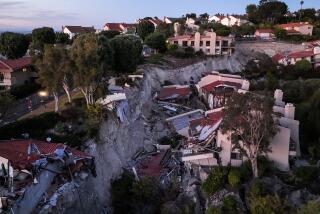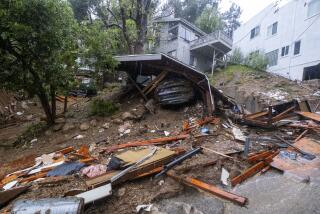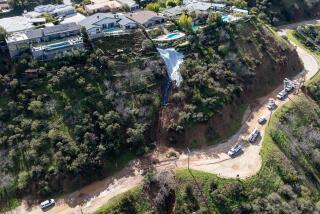Did snow fall on Mars? Melt water may have carved slopes: study
Could it have snowed on Mars? Valley networks carved into slopes on the Red Planet may hint of snowmelt that ran down the sides of crater rims and tall mountain ridges, according to a study released by the journal Geophysical Research Letters.
So-called valley networks dug out of the sides of Martian slopes have long been seen as a sign that water once flowed across the planet’s surface, but did it spring from the ground or fall from the air? Researchers at Brown University examined whether precipitation could have been the source.
On Earth, there’s a phenomenon known as “orographic precipitation.” Winds filled with moisture run into a slope and are forced upward. Without the energy to make it over the top, the air mass dumps its watery load partway up the climb.
To see if the same phenomenon was happening on Mars, the researchers ran a computer model of the planet’s atmospheric dynamics, based on what gases they believe were present at the time. This model helped them determine the prevailing winds were at the spots they chose to study. They examined four slopes that were marked by these valley networks, and found that the models accurately predicted that the greatest downpour would have happened right around the heads of the thickest clumps of these markings.
The researchers’ model requires the atmosphere to be very chilly, so the precipitation would have to be snow, not rain.
But to carve into the sides of a mountain or a crater rim, the snow would have had to melt somehow, the researchers said.
“Our model predicts snow deposition in the correct locations, but transient periods of unusual warming are still required to melt the deposits and carve the valleys,” the study authors wrote.







